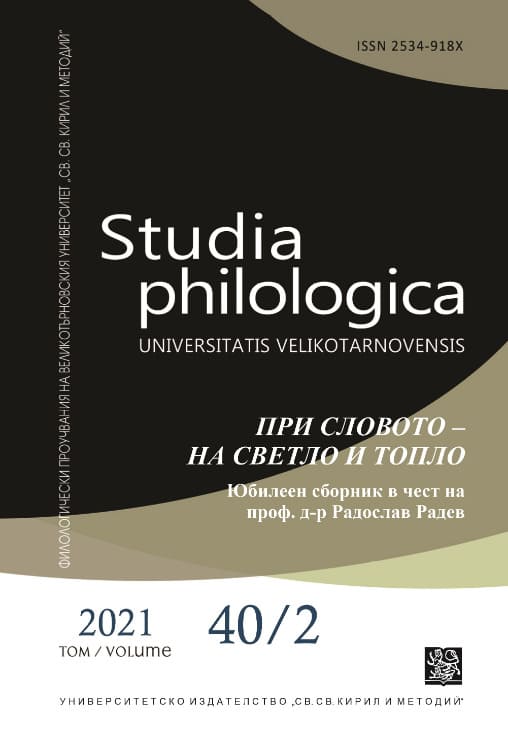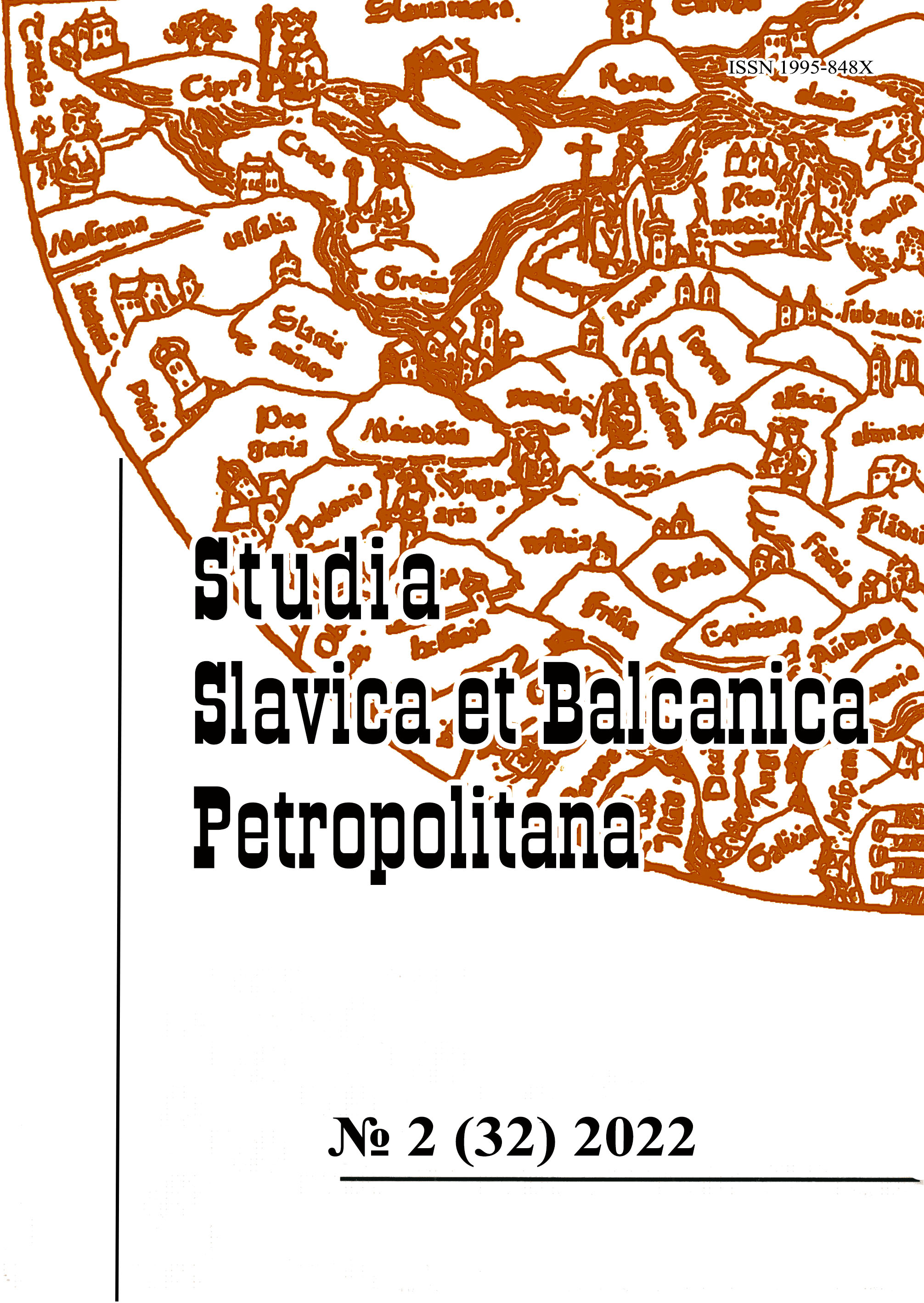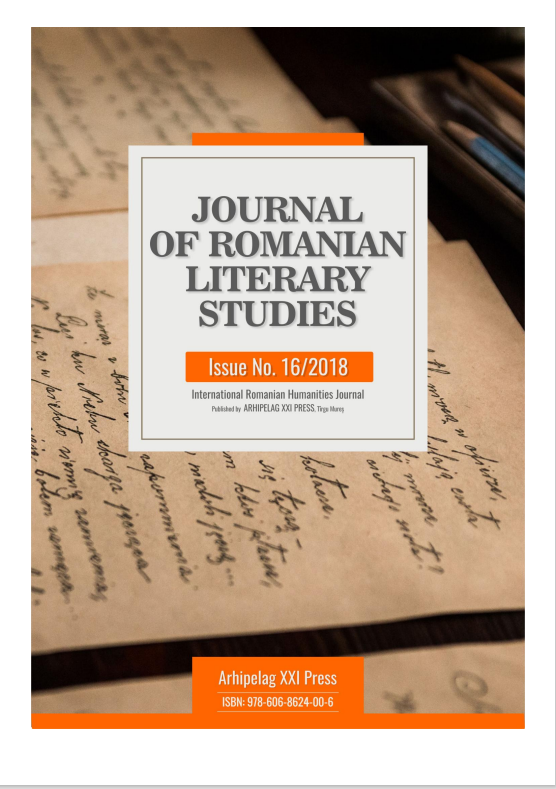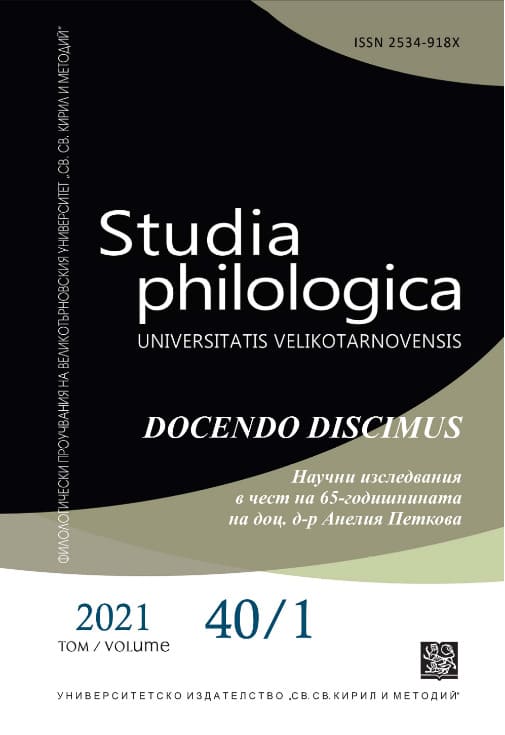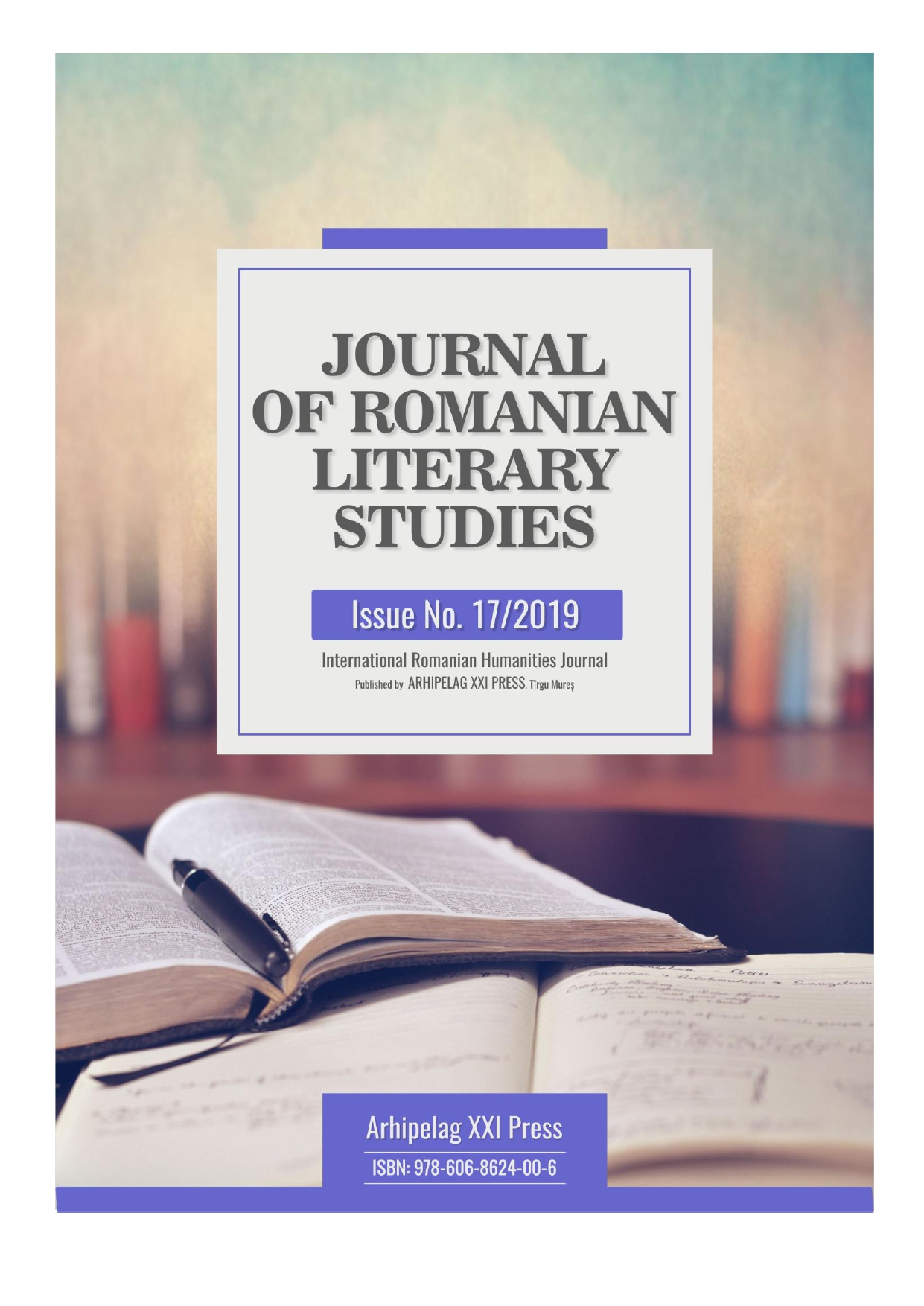Author(s): Luciana Chiric / Language(s): Romanian
Issue: 16/2019
Alecu Russo writes memorial pages in "Memories" because they are subjectively excellent, giving him the opportunity to express himself freely, unconstrained by rules, depending on his spiritual and moral coordinates. Alecu Russo, being essentially a lyrical and meditative person, appeals to means of expression which are specific to the memorialist literature, because on the one hand they do not emphasize the details, the real and the concrete elements, the objective narrative, but the reactions of the soul, the affective states generated by the contact with the actual and concrete elements, the echo in their sensitivity; and on the other hand they allow them to introduce in their content of psychological, sociological, philosophical and ethical natures. The appropriate ways of memorialistic prose provide him the freedom to use collectively in the same writing the short notation, the returns, the contrasts, to suddenly go from one idea to the other, to impart the phrases to various rhythms, to use different tones in accordance with the internal needs of the content. A sensitive person is revealed to us in "Memories," recalling his childhood and adolescence, in delicate notation, with a discreet melancholy, with the nostalgic shudder that regretted the lost happiness: "It is right to remember: nothing can be for a man more beautiful than the past, because the past is youth and youth is happiness! "
More...
